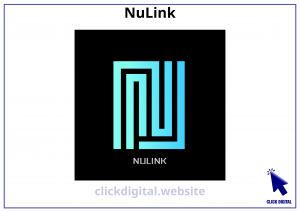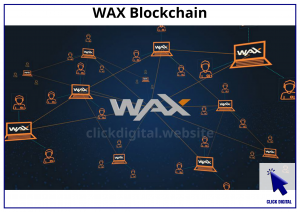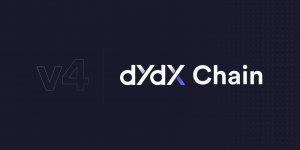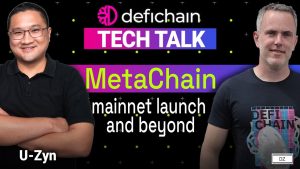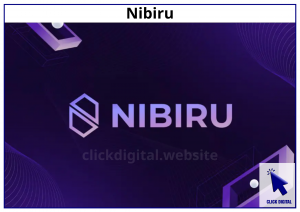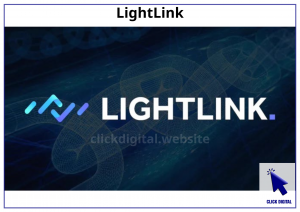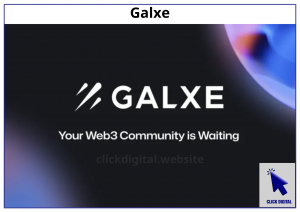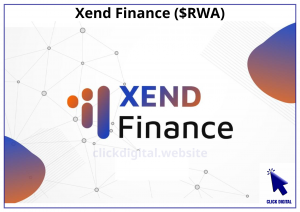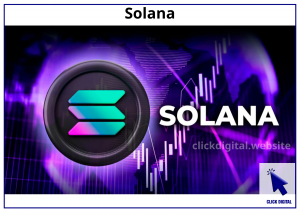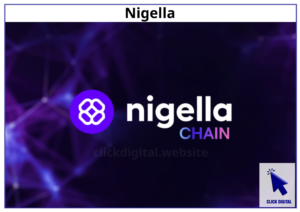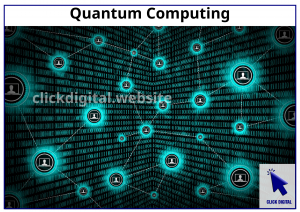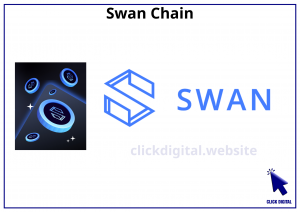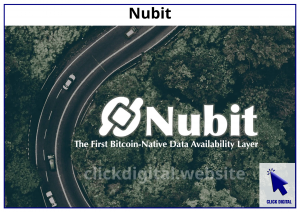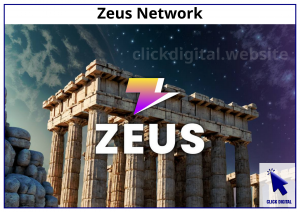Table of Contents
What is Elastic Chain?
Elastic Chain is a novel solution developed by ZKsync to address the issue of blockchain fragmentation. It offers a novel approach to secure and efficient cross-chain asset transfer, outperforming traditional methods. Notably, Elastic Chain provides these key features:
- Unification: Users can utilize a single address across all ZK Chains, interact with a single signature, and pay fees using any token type.
- Security: The ZK Gateway leverages Ethereum’s cryptographic verification, eliminating the need for third-party bridges, and ensuring secure transactions between different ZK Chains.
- Scalability: The chain can scale without increasing transaction costs, enabling the addition of more chains and increased capacity.
- Elastic Validation: The chain validates transactions within a fixed timeframe, regardless of complexity, reflecting the economic concept of elasticity by adjusting supply to meet growing demand.
Comparing Elastic Chain to Other Solutions
| Feature | Elastic Chain (ZK Stack) | Superchain (OP Stack) | AggLayer (Polygon CDK) |
| Tech Stack | ZK Stack | OP Stack | Polygon CDK |
| Verifiability | Yes | No | No |
| Shared Interop | Instant | N/A | Instant |
| Native Interop | Minutes | 1 Week | Minutes |
| Throughput Per Chain | 180 TPS | 140 TPS | 5 TPS |
Note:
- Verifiability: End-users can verify the validity of all chains using consumer hardware, such as their phones.
- Shared Interop: Cross-chain transaction delays using finality mechanisms dependent on other chains. For example, shared sequencers. These synchronized transactions result in 0-second inter-chain transaction delays in all cases (distinct from transaction confirmation times).
- Native Interop: Transaction times for self-sovereign chains established separately without mutual trust.
- Throughput Per Chain: Full analysis available at https://github.com/bogaty/rollup-amm-tps-test/
Test Results:
In an AMM TPS test conducted by Matter Labs in June 2024, ZKsync outperformed competitors like Polygon and Optimism. The test revealed ZKsync Era leading with 181.8 TPS, compared to 5.4 TPS for Polygon zkEVM and 142.8 TPS for Optimism OP Mainnet.
Observations
Elastic Chain represents a positive step towards addressing the issue of native blockchain fragmentation. However, ecosystems like ZKsync, Polygon, and Optimism remain isolated with their solutions, lacking global interoperability. We’ll monitor these developments and see if future solutions emerge to unify these blockchain networks.
Additional Notes
- ZKsync’s Elastic Chain is a pioneering solution in utilizing ZK-Rollups to address blockchain fragmentation.
- Tests demonstrate ZKsync’s superior performance compared to other solutions, highlighting Elastic Chain’s potential to drive blockchain development.
- The lack of global interoperability between blockchains poses a significant challenge for industry growth.
Conclusion
ZKsync’s Elastic Chain presents a promising solution for tackling blockchain fragmentation. It offers a secure, efficient, and scalable platform for cross-chain asset transfer.
However, the absence of global interoperability between blockchains remains a major obstacle for the industry. Future solutions must focus on connecting various blockchain networks to create a truly comprehensive blockchain ecosystem.
Digital Marketing Specialist




